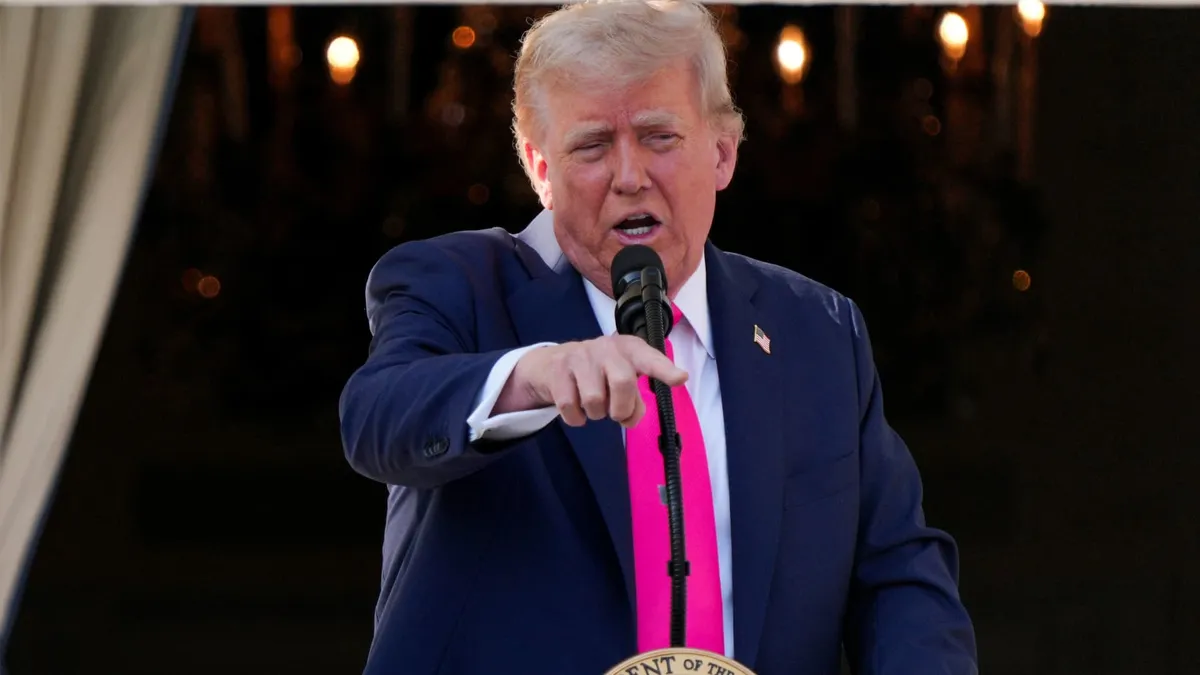
U.S. President Donald Trump has announced that he has signed letters to 12 countries, detailing the various tariff levels these nations will face on goods exported to the United States. During a conversation with reporters aboard Air Force One while traveling to New Jersey, Trump refrained from disclosing the names of the countries involved, stating that this information would be made public on Monday.
Earlier on Thursday, Trump indicated that the first batch of letters was expected to be sent out on Friday, coinciding with a national holiday in the United States. However, the timeline has since been adjusted, with the letters now set to be dispatched on Monday. This shift adds to the ongoing discourse surrounding the global trade war, which has significantly impacted financial markets and prompted policymakers to take measures to protect their economies.
In April, Trump announced a 10% base tariff rate alongside additional tariffs for many countries, some of which could reach as high as 50%. However, most of these higher rates were suspended for a 90-day negotiation period, which is set to conclude on July 9. Trump has hinted that these tariffs could be raised even further, potentially reaching 70%, with plans for implementation starting on August 1.
When discussing his plans regarding tariffs, Trump stated, “I signed some letters and they'll go out on Monday, probably twelve.” He emphasized that the letters would contain different amounts of money and various tariff rates. Initially, Trump and his advisors had expressed intentions to negotiate with numerous countries regarding tariff rates, but the president has become disillusioned with this approach due to ongoing challenges with major trading partners such as Japan and the European Union.
The president noted that “the letters are better... much easier to send a letter,” reflecting a change in strategy as the White House grapples with the complexities of completing trade agreements. These agreements encompass not only tariffs but also non-tariff barriers, including bans on agricultural imports, all while adhering to an accelerated timeline. Historically, trade agreements have required years of negotiation to finalize.
So far, the only trade agreements finalized under Trump's administration include one with Britain, which secured a 10% tariff and preferential treatment for certain sectors like autos and aircraft engines, and another with Vietnam, which reduced tariffs on many Vietnamese goods from a previously threatened 46% to 20%. The agreement also allows many U.S. products to enter Vietnam duty-free.
In contrast, a deal with India has not come to fruition, and EU diplomats have reported a lack of progress in trade negotiations with the Trump administration. As a result, they may seek to maintain the status quo to avoid further tariff increases.